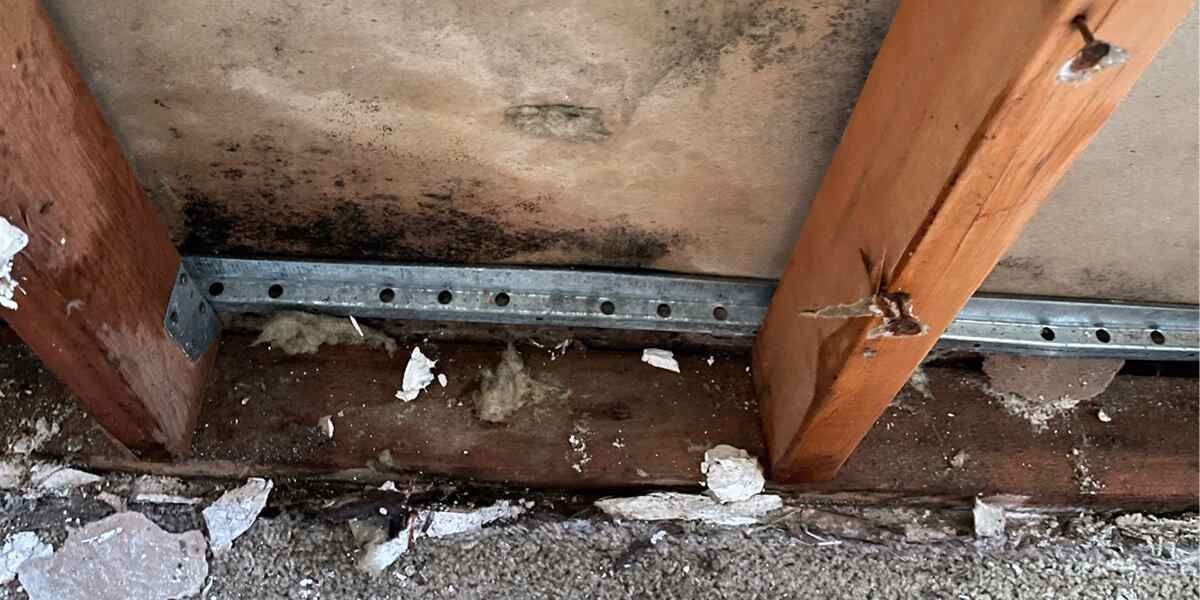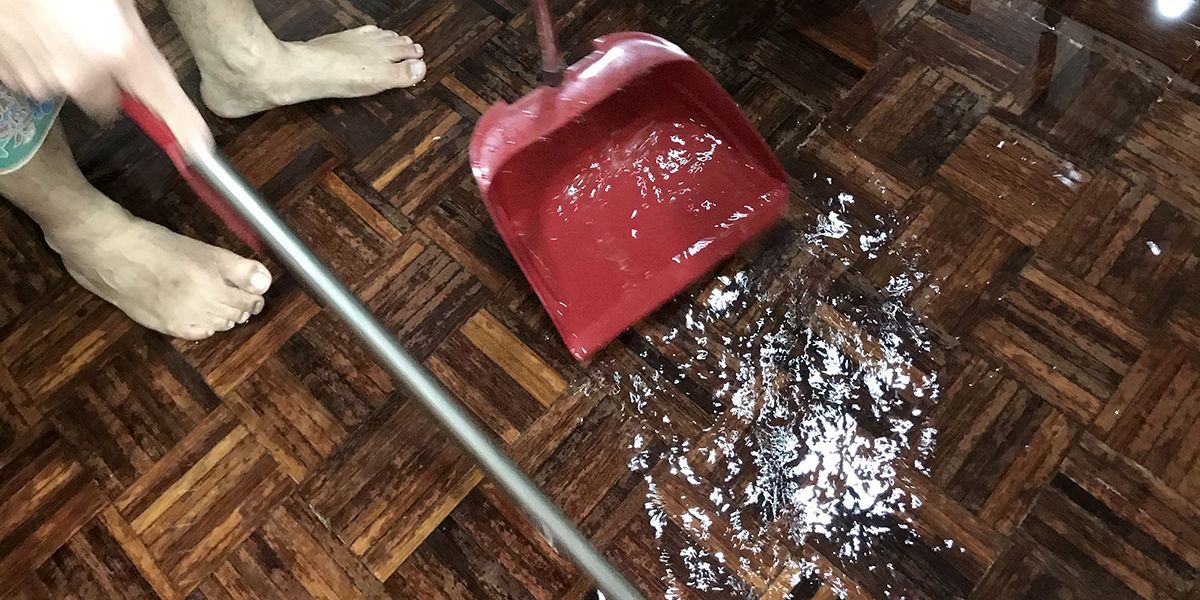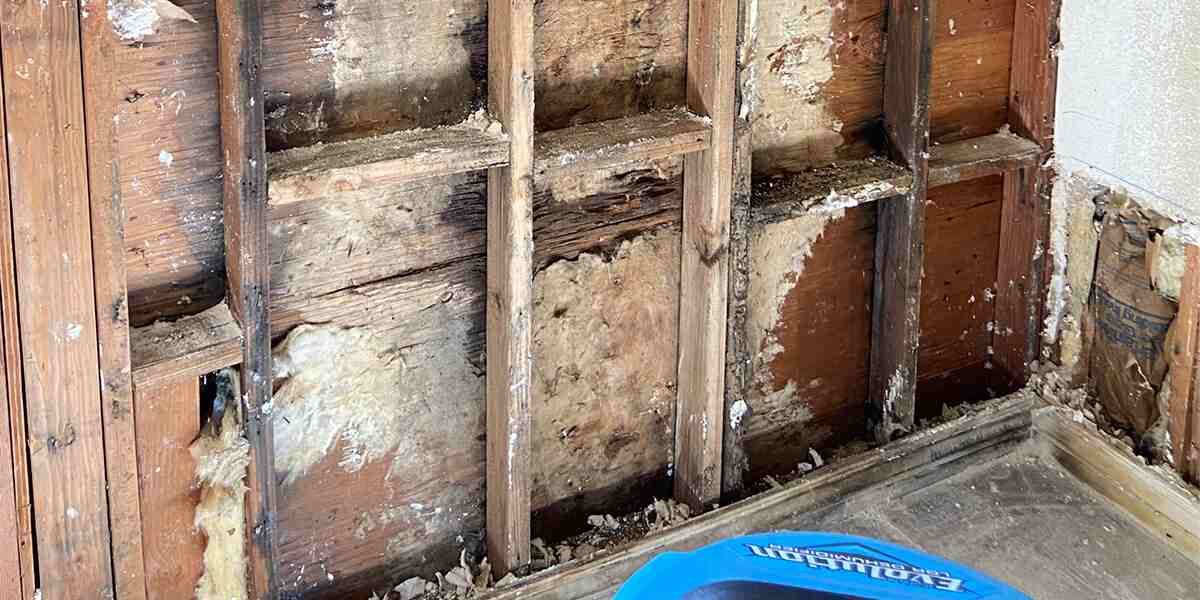Steam Smart Pro Carpet Duct & Tile Cleaning
How To Dry Your Carpet After a Flood or a Leak
Carpeted floors have numerous advantages. Nothing feels as luxurious as a fresh, clean carpet beneath your feet, especially during cold weather. But carpet flooring suffers following a flood or leak. It can develop unsightly stains and harbor mold or bacteria following improper drying techniques.
Steam Smart Pro’s team provides expert carpet cleaning in Vail, AZ. We offer helpful information about how to dry carpet after a flood or leak below. Discover what to do and who to call with our guide.
Identify the Water Type That Flooded Your Home
First and foremost, identify the type of water that infiltrated your home. Three main types of water will influence the restoration process:
- White water: This water comes fresh from your faucet and other sources of clean water. Professionals can more easily mitigate the damage white water causes since it generally doesn’t contain bacteria and other infectious microbes.
- Gray water: If you have a gray water leak, use more caution throughout the restoration process. Gray water is the used water that drains from bathtubs and sinks. It isn’t as clean as white water, but it shouldn’t significantly threaten your household.
- Black water: Black water contains raw sewage. Protect your health by removing and disposing of your carpet following a black water flood.
If experts identify the flood as white or gray water, they can likely salvage your carpet.
Before Drying Your Carpet
You might want to jump into action immediately after a flood. However, you should handle a few preliminary tasks to protect the rest of your property.
Stop the Leak
After discovering a flood or leak, find its source to assist the restoration process. Turn off the proper water valve to stop the flood. Continuous flooding will thwart any cleaning or drying efforts and create more damage.
Let Professionals Inspect It
Next, call a restoration company and a carpet cleaning service. Professionals can inspect the damage and help you decide how to approach the process. They can also identify the type of water and what restoration methods will effectively salvage your property.
How To Dry Carpet After a Flood
After speaking with professionals, you can take the following steps to quicken the carpet cleaning process. You will need assistance from an expert carpet cleaner to fully protect and restore the carpet during a few of these steps. Professional services will return your carpet to its original condition in most cases. Sometimes, they will even improve it!
Remove Your Belongings
Collect all furniture, clothing, and other personal belongings and place them in a different area. If these items feel damp, place them outdoors during sunny weather so they can completely dry. This step will also open up the flood zone, making navigation easier for your and the carpet cleaners’ efforts.
Eliminate Excess Water
An integral step of learning how to dry carpet after a flood involves removing all excess water soaking the fabric. You can cover small areas with towels and other absorbent materials. Larger ones may require shop vacuums and other equipment from a carpet cleaning company.
Eliminating the excess water prevents moisture from penetrating further into the fabric and subflooring structures. The further it penetrates, the more damage your home incurs.
Absorb Dampness
If the affected area features standing water or puddles, it may require assistance from absorbent materials. Cover the area with microfiber towels, applying gentle pressure to encourage absorbency. Once they become soaked, remove them, wring them out, and repeat the process.
A carpet cleaning technician can help with this process. If you don’t fully eliminate the moisture trapped in the fibers, you could struggle with mold infestation and other hazardous particles becoming trapped in the carpet fibers.
Ventilate and Dehumidify
Next, set up dehumidifiers and fans throughout the affected area. These appliances will help with air circulation. You should also turn on your air conditioner, switch on ceiling fans, and open any windows in the area.
Home improvement retailers may have powerful fans you can rent or purchase to assist the process. Proper ventilation and dehumidification prevent moisture from becoming trapped in the carpet fibers. Otherwise, the carpet could remain damp, creating the perfect environment for dangerous microbes that affect indoor air quality and, by extension, your health.
Wash and Sanitize
Finally, find a reputable carpet cleaning service to fully cleanse and sanitize your carpet. Carpet cleaning technicians use products with ingredients that penetrate each fiber. Professional shampoos and steam vacuums will effectively lift and eliminate dirt from the carpet.
Then, the technician applies a sanitizing formula to kill any mold, bacteria, and other offensive microbes buried deep within the fibers. This product will also prevent these microbes from returning. You’ll enjoy fresh, clean carpets following the flood or leak event.
Carpet Care Follow-up
Consistent carpet maintenance will keep your carpet in excellent condition. Use the following tips in your housekeeping routine for continuous cleanliness and protection:
- Sprinkle baking soda across the carpet surface weekly to absorb odors and moisture.
- Schedule mold remediation experts to inspect your home a month or two following the flood event. They’ll confirm whether mold lurks in hidden areas.
- Vacuum your carpet regularly. Keep grime and dirt to a minimum for further protection.
- Schedule professional carpet cleaning every six to 12 months. Continued deep cleaning and sanitization are protective and preventive measures for flooring fabrics.
Remember that serious leaks and floods require professional assistance from carpet cleaning and restoration companies. Otherwise, you and your family may inhale particles that could affect your health, well-being, and property.
Let Steam Smart Pro Tackle the Task!
Steam Smart Pro’s skilled cleaners know how to dry carpet after a flood and get mold out of your carpet. We focus on courteous customer service and thorough cleaning techniques with safe products and industry-leading equipment. We aim to leave your carpet in better condition than we found it.
Call
520-416-4308 to inquire about our extensive carpet services, learn more about water damage, and schedule a visit from our team.



